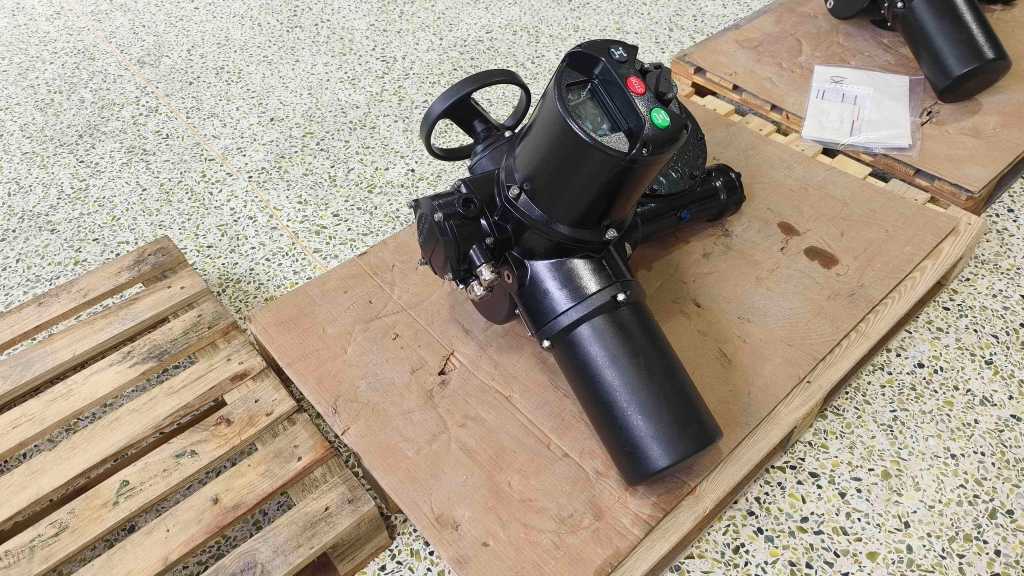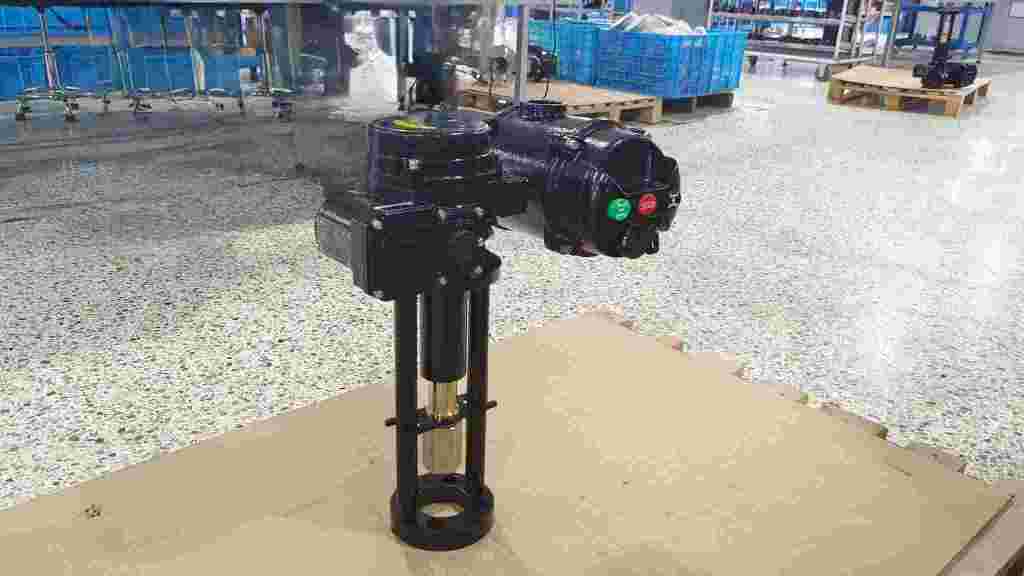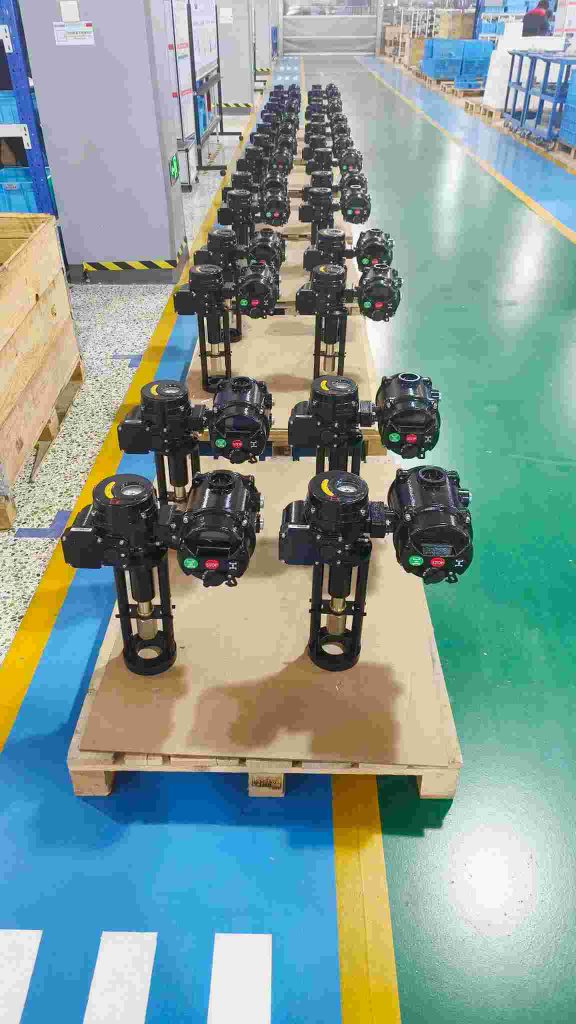In today’s fast-evolving world of technology, the intelligent integrated actuator stands out as a transformative force in automation and robotics. This advanced component combines the functionality of traditional actuators with sophisticated control and sensing capabilities, leading to more efficient, adaptable, and precise systems.

At its core, an actuator is a device that converts energy into motion, often used to control mechanisms or systems. Traditionally, actuators have been simple devices, such as electric motors or hydraulic cylinders, with limited intelligence. However, the intelligent integrated actuator takes this concept further by incorporating embedded sensors, control algorithms, and communication interfaces into a single, compact unit.

One of the primary advantages of intelligent integrated actuators is their ability to provide real-time feedback and adaptive control. By embedding sensors within the actuator, these devices can monitor various parameters such as position, speed, and force. This real-time data allows for dynamic adjustments to be made, ensuring optimal performance and precision. For example, in robotic systems, intelligent integrated actuators can adjust their behavior based on feedback from the environment, leading to more accurate and responsive movements. Another significant benefit is the reduction in complexity and space requirements. Traditional actuator systems often require separate control units, sensors, and wiring, which can complicate the design and increase the size of the overall system. Intelligent integrated actuators streamline this by combining these components into a single unit, simplifying both the design and installation processes. This compactness is particularly advantageous in applications where space is at a premium, such as in medical devices or aerospace systems.

Leave a Reply